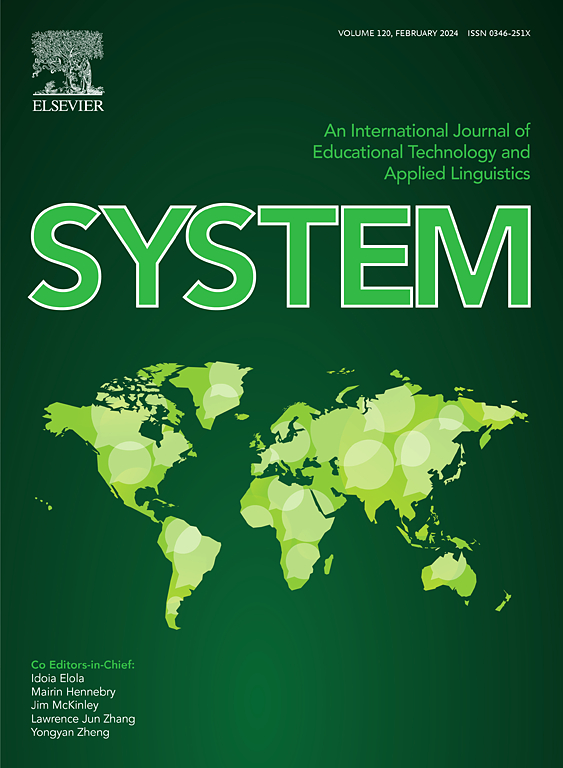肠道微生物群介导的胆汁酸转化调节仔猪黄曲霉毒素B1从肠道到肝脏的转运
IF 6.5
1区 农林科学
Q1 Agricultural and Biological Sciences
引用次数: 0
摘要
据报道,黄曲霉毒素是饲料中的一种重要污染物,可对仔猪的肝脏、胃肠道和肾脏造成损害。然而,关于黄曲霉毒素B1 (AFB1)、胆汁酸(BA)代谢与肠道菌群之间相互作用的研究有限。本研究通过给仔猪注射AFB1和抗生素(ABX)来评估AFB1与肠道菌群的相互作用。随后,分别用FXR激动剂奥贝胆酸(OCA)和CYP8B1敲除(KO)小鼠研究了法脂类X受体(FXR)和甾醇12α-羟化酶(CYP8B1)在AFB1吸收中的作用。AFB1抑制回肠微生物群中胆汁盐水解酶(BSH)活性,下调回肠FXR表达,上调肝脏中CYP8B1表达,增加12α-OH BAs的比例,并可能增强AFB1的吸收。ABX治疗降低了AFB1的吸收和肝损伤,出乎意料地增加了BSH活性,抵消了AFB1诱导的FXR下调和CYP8B1上调。OCA重新激活回肠FXR,减少AFB1吸收,减轻肝损伤。此外,Cyp8b1-KO小鼠通过降低AFB1的吸收,对AFB1诱导的肝损伤表现出更高的抵抗力。这些结果强调了肠道菌群和BAs对AFB1吸收的重要性,提出了减轻AFB1对仔猪健康风险的新策略。本文章由计算机程序翻译,如有差异,请以英文原文为准。
Gut microbiota-mediated bile acid transformations regulate the transport of aflatoxin B1 from the intestine to the liver in piglets
Aflatoxins have been reported as a significant pollutant in feed, capable of causing harm to the liver, gastrointestinal tract and kidneys of piglets. However, research on the interactions among aflatoxin B1 (AFB1), bile acid (BA) metabolism and gut microbiota is limited. In this study, piglets were treated with AFB1 and antibiotics (ABX) to evaluate the interaction between AFB1 and gut microbiota. Subsequently, the roles of the farnesoid X receptor (FXR) and sterol 12α-hydroxylase (CYP8B1) in AFB1 absorption were studied by using FXR agonists obeticholic acid (OCA) and Cyp8b1-knockout (KO) mice, respectively. AFB1 inhibited bile salt hydrolase (BSH) activity in ileal microbiota, downregulated ileal FXR expression, and upregulated CYP8B1 expression in liver, increasing the proportion of 12α-OH BAs and potentially enhancing AFB1 absorption. ABX treatment reduced AFB1 absorption and liver damage, and unexpectedly increased BSH activity, counteracting the AFB1-induced downregulation of FXR and upregulation of CYP8B1. OCA reactivated ileal FXR, reduced AFB1 absorption, and alleviated liver damage. Furthermore, Cyp8b1-KO mice showed increased resistance to AFB1-induced liver damage by lowering AFB1 absorption. These results underscore the significance of gut microbiota and BAs in AFB1 absorption, suggesting new strategies to mitigate health risks from AFB1 in piglets.
求助全文
通过发布文献求助,成功后即可免费获取论文全文。
去求助
来源期刊

Journal of Animal Science and Biotechnology
AGRICULTURE, DAIRY & ANIMAL SCIENCE-
CiteScore
9.90
自引率
2.90%
发文量
822
审稿时长
17 weeks
期刊介绍:
Journal of Animal Science and Biotechnology is an open access, peer-reviewed journal that encompasses all aspects of animal science and biotechnology. That includes domestic animal production, animal genetics and breeding, animal reproduction and physiology, animal nutrition and biochemistry, feed processing technology and bioevaluation, animal biotechnology, and meat science.
 求助内容:
求助内容: 应助结果提醒方式:
应助结果提醒方式:


